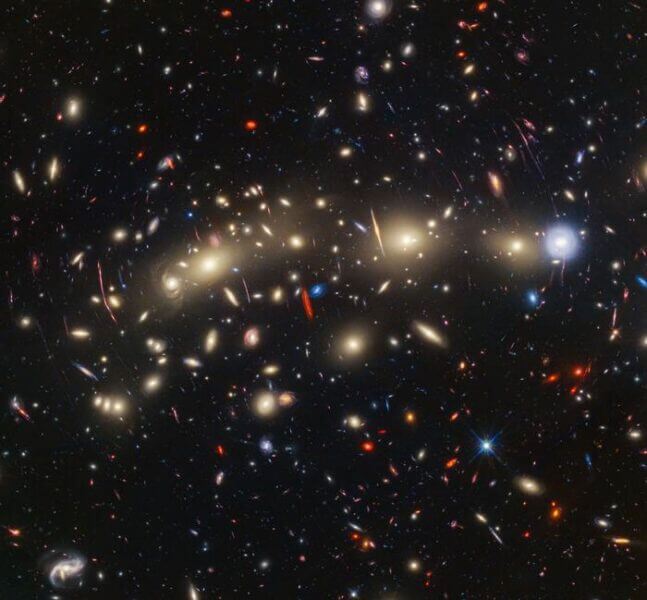A groundbreaking study suggests that gravity might be more than just a fundamental force—it could be evidence that our entire universe operates like a giant computer program designed to optimize information.
Dr. Melvin Vopson, a physicist from the University of Portsmouth, has published research indicating that gravitational attraction may actually be a computational process built into the fabric of reality. His findings appear in the journal AIP Advances.
“My findings in this study fit with the thought that the universe might work like a giant computer, or our reality is a simulated construct,” Dr. Vopson explains. “Just like computers try to save space and run more efficiently, the universe might be doing the same. It’s a new way to think about gravity – not just as a pull, but as something that happens when the universe is trying to stay organised.”
This perspective builds on Vopson’s previous work suggesting that information itself has mass, with elementary particles—the universe’s fundamental building blocks—storing information about themselves similar to how cells contain DNA.
The new research proposes that space itself might be “pixelated” into elementary cells that act as data storage. Each cell registers binary information: a “0” if empty or a “1” if matter is present. When multiple particles occupy nearby cells, the system optimizes by combining them.
“The process is identical to how a digital computer game, virtual reality application, or other advanced simulation would be designed,” notes Dr. Vopson.
This efficiency mechanism could explain why objects attract each other. “This triggers the attracting force because of the rule set in the computational system, requiring the minimisation of the information content, and by extension, a reduction of the computational power,” Dr. Vopson states. “Put simply, it is far more computationally effective to track and compute the location and momentum of a single object in space, than numerous objects. Therefore, it appears that the gravitational attraction is just another optimising mechanism in a computational process that has the role to compress information.”
The theory relies on the second law of information dynamics, which suggests that matter and objects may be pulled together because the universe is constantly trying to keep information tidy and compressed—essentially minimizing the cosmic data storage requirements.
While speculative, this research offers a novel explanation for why gravity exists at all, connecting it to information theory and computational science. The implications extend beyond gravity to potentially explain other cosmological mysteries like dark matter, dark energy, and black hole thermodynamics.
The concept that reality might be a sophisticated simulation isn’t entirely new—tech entrepreneurs like Elon Musk have previously voiced support for similar theories. However, Vopson’s research provides a concrete mathematical framework that could eventually be tested.
For now, whether we’re living in the ultimate computer program remains an open scientific question, but this research provides compelling reasons to consider the possibility that information organization might be the hidden code behind the universe’s most fundamental force.
If our reporting has informed or inspired you, please consider making a donation. Every contribution, no matter the size, empowers us to continue delivering accurate, engaging, and trustworthy science and medical news. Independent journalism requires time, effort, and resources—your support ensures we can keep uncovering the stories that matter most to you.
Join us in making knowledge accessible and impactful. Thank you for standing with us!


Dr. Vopson presents a truly thought-provoking perspective, suggesting gravity isn’t just a fundamental force but perhaps a manifestation of the universe optimizing information, akin to a computational process. It’s an intriguing idea, especially building on his prior work suggesting information has mass.
However, reading this brings the old adage strongly to mind: ‘If all you have is a hammer, everything looks like a nail.’ When one is deeply immersed in information theory and the concept of the universe as computation, is it possible that fundamental forces like gravity start to look like computational problems simply because that’s the ‘hammer’ being wielded? While the mathematical framework is interesting and potentially testable, it’s crucial to remain critical about whether this reflects the true nature of gravity or if we’re fitting a complex phenomenon into a currently popular paradigm (computation and information).